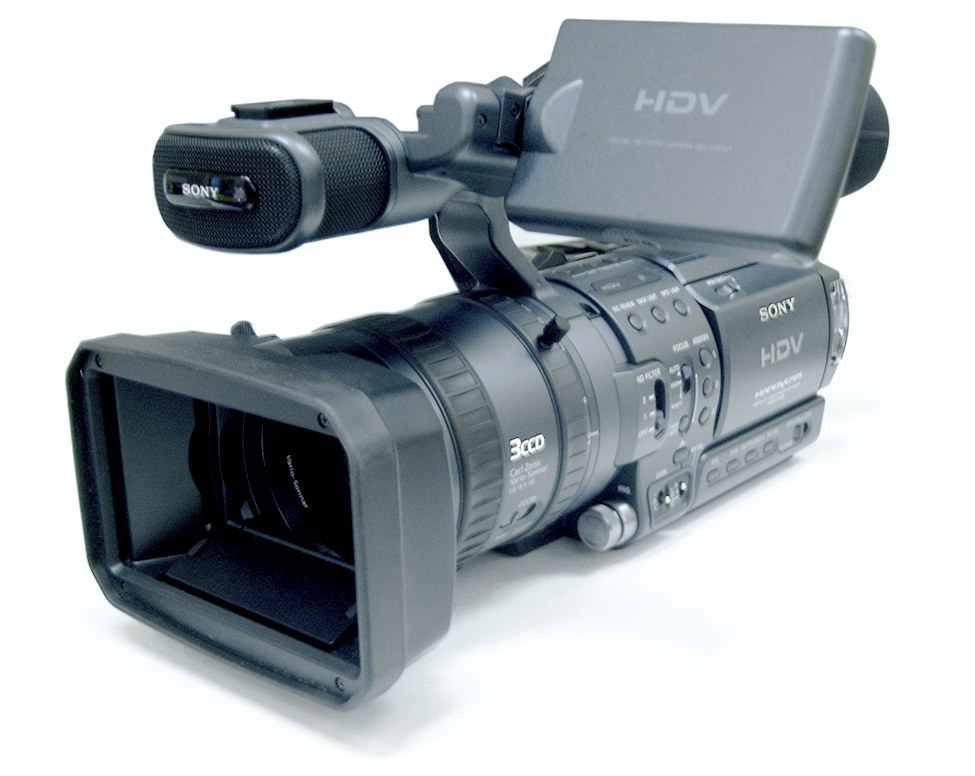Can you imagine our world without Microsoft Windows, DNA fingerprinting, and Apple computers? Kind of hard, right? Well, all of those technologies and innovation was started in the 1980s. When we hear and think of the 80s, some of us may immediately think of Madonna, U2, or even former president Ronald Raegan. However, the 80s was also the time where several innovations and inventions were born such as the artificial human heart and the Apple MacIntosh. That’s why in this article, we are going to list down the top science discoveries of the 80s.
Artificial Human Heart, 1982
The world’s first artificial heart called the Jarvik 7 was invented by Dr. Robert Jarvik in 1982. And on December of that same year, Dr. William DeVries successfully implanted the artificial heart into a Seattle dentist named Barney Clark at the University of Utah. After that, several surgeries using the Jarvik 7 were performed until it became widely used as a temporary heart.
CD Player, 1982
Before the iPod and the wireless Bluetooth speakers, there was the CD player. Sony released the first commercial compact disc player in 1982 called the CDP-101. Back in that time, you need to have at least 674 dollars to afford a CD player and another 15 dollars for a piece of CD. That’s why back then, having a CD player means you are rich. But as CD players slowly became more mainstream, its prices dropped and players became a staple in the majority of American households.
Camcorder, 1983
The following year after the release of the CD player, Sony introduced the Betamax and the Betacam system. At first, they only released it for news organizations but they later decided that they should release it for the consumer market as well where it quickly gained in popularity. The version they released for the consumer market is called the Betamovie and since the gadget became popular in the market, other companies such as Panasonic and JVC decided to create their own camcorders as well.
DNA Fingerprinting, 1984
While studying hereditary family diseases at the University of Leicester in England in 1984, Dr. Alec Jeffreys discovered the repetitive patterns of DNA in humans. He also discovered that the variations of a person’s DNA can also be used to identify an individual. He called his new discovery as “genetic fingerprinting”. It was successfully tested on the murders that happened near the university and since then, DNA fingerprinting was used to absolve a suspect and convict a guilty one.
Apple MacIntosh, 1984
The father of the Macbook and the iMac was released in 1984 and since then, Apple was seen as the innovator of the technology industry. The MacIntosh was the world’s first commercially successful personal computers. The MacIntosh was sold for 2,500 dollars while its predecessor, Lisa, was sold for a whopping 10,000 dollars. Since the release of the MacIntosh, Apple continued to develop other products with prices that are more affordable.
Microsoft Windows, 1985
The Microsoft Windows we see today might look way different than it did when it was released decades ago, but it was in the ‘80s when it really got its start. Microsoft launched their first ever OS called Microsoft 1 and it was an iconic moment in the technology industry because while other systems typically used keyboards, this operating system relied heavily on the use of the mouse to point and input information.
Disposable Camera, 1987
Although these cameras might be rare today, they surely made their mark in the development of photography back in the ‘80s. Kodak released the first disposable camera called “The Fling” in 1984 and it cost 6.95 dollars each and it is good for taking 24 photos. But after Kodak released it, other companies began to make their own versions of it as well and the sales of disposable cameras skyrocketed from 3 million to 21.5 million between 1988 and 1992.
Prozac, 1987
In 1987, after several tests that were done by the FDA, the antidepressant Prozac was released in the market. Since then, doctors began to prescribe this new medication to people who were suffering from depression. And in that following year, pharmacies were filling more than 65,000 Prozac prescriptions every month. However, despite its market success, Prozac faced several lawsuits with some people claiming that taking the medicine makes them feel suicidal. But despite all of the lawsuits and controversies, Prozac is till prescribed until today.
Nintendo Gameboy, 1989
Nintendo released this personal gaming device named Gameboy in 1989. This personal gaming console allows the users to play different games by switching cartridges. Originally, the Gameboy was released only in Japan but when it proved to be a success, Nintendo decided to release it in other parts of the world as well along with games like Tetris and Super Mario Land.
MTV, 1981
Music Television or MTV first went on the air in August of 1981. The first ever music video they played was “Video Killed the Radio Star” from the band named The Buggles, pretty ironic if you ask us. During MTV’s early years, they were focused on airing music videos that helped boost the popularity of some of today’s music icons such as Duran Duran, Queen, Madonna, and Prince. Since then, MTV has been one of the most influential media channels for entertainment, music, and pop culture.
These are the top science discoveries of the ’80s. Thanks to them, they helped pave the way for the technologies that are making our lives easier today.
